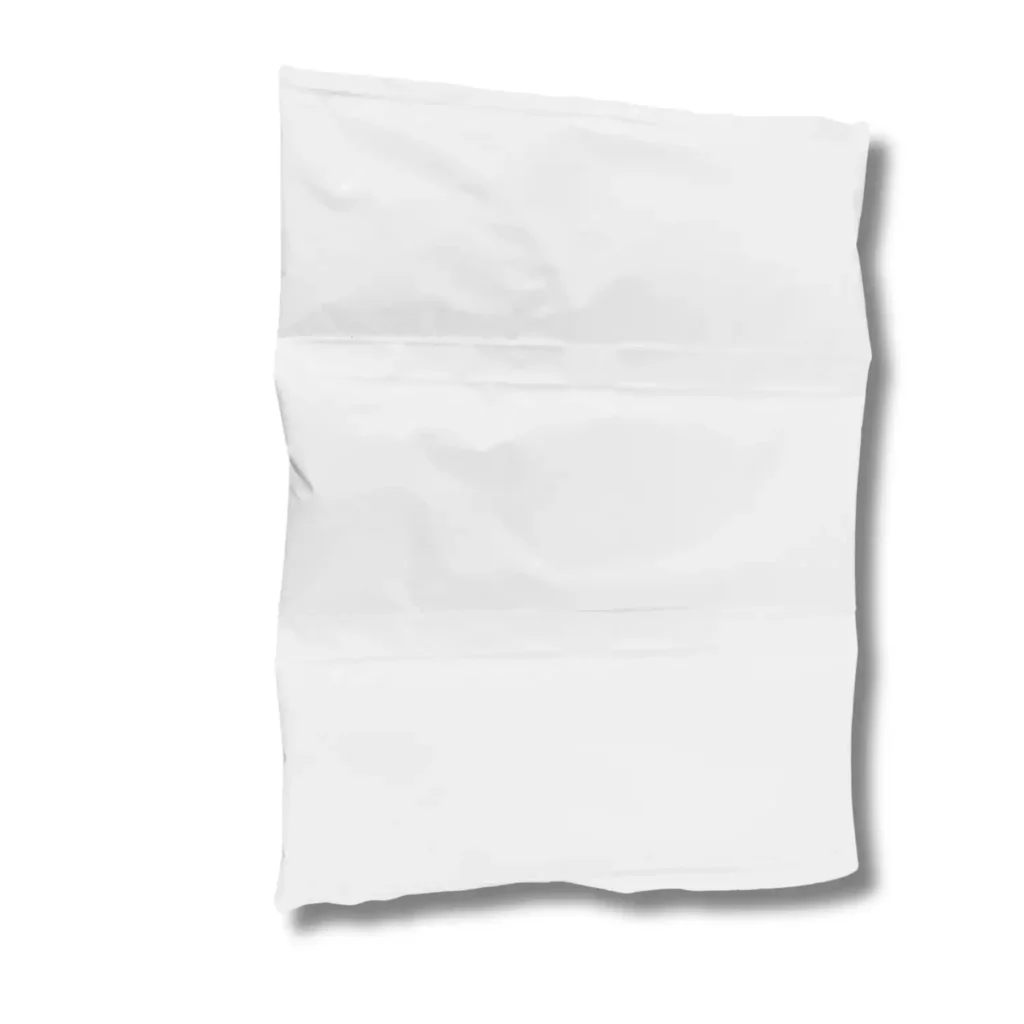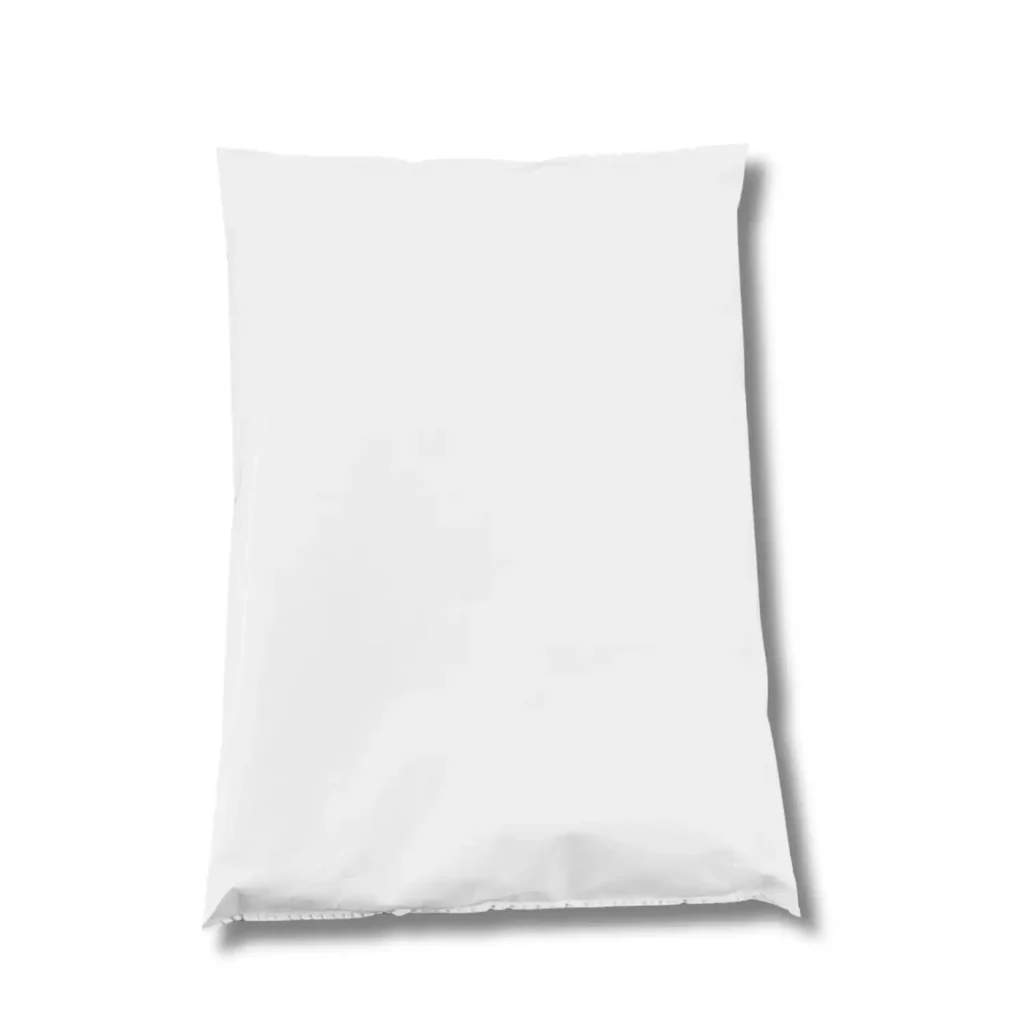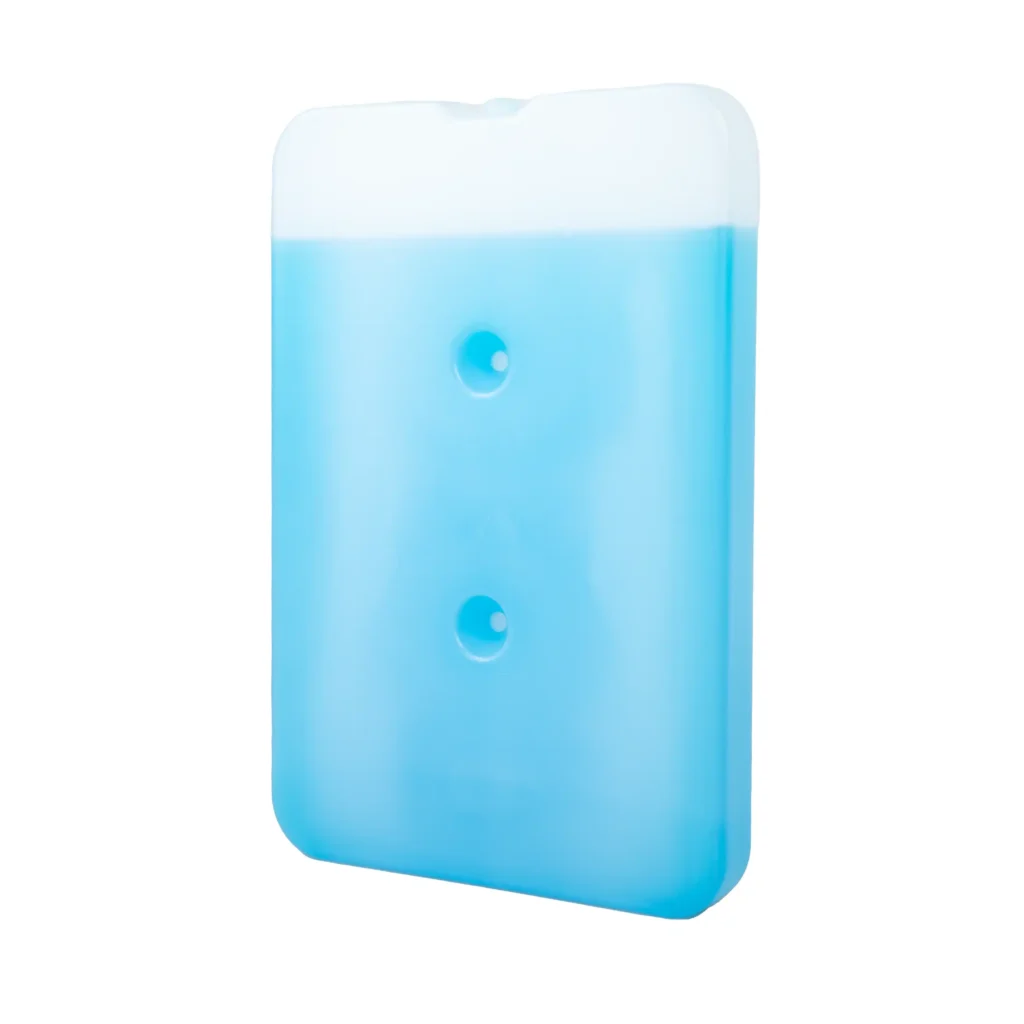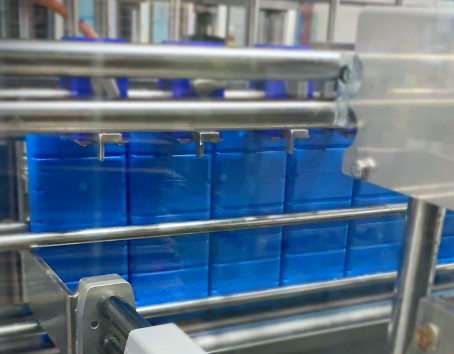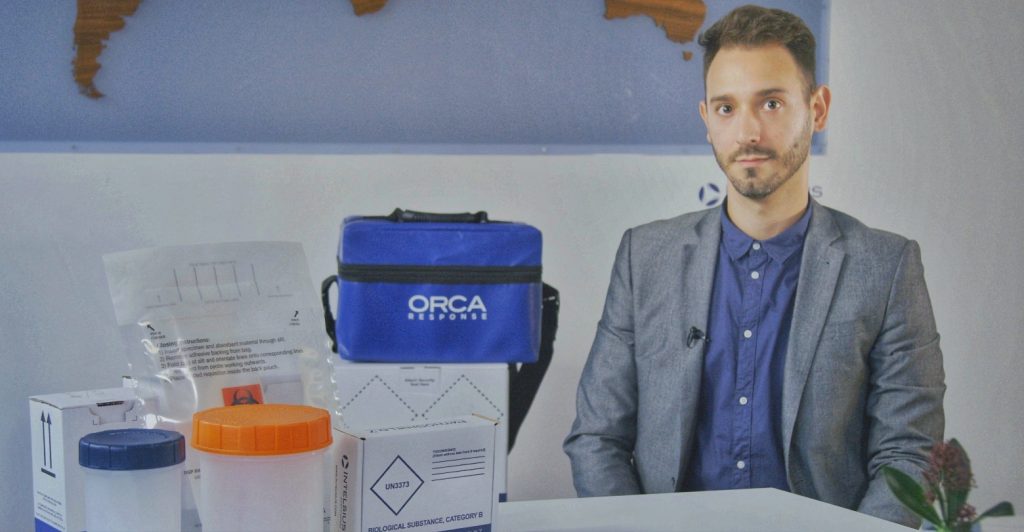Temperature-controlled return logistics: new research
Utilizing returnable streams fits well into the picture of a circular economy. Indeed, the upcoming European Packaging & Packaging Waste Regulation already sets ambitious targets in its proposal for the use of reusable packaging in transport and e-commerce. What does a future with reusable packaging look like and what opportunities are there for temperature-controlled transport? We take you through the expectations based on recent research and European legislative proposals!
Return logistics with reusable packaging
Several Coolpack customers have been doing it for years: leveraging return streams to recover packaging and reuse it for as long as possible. Packaging and logistics tools are taken back immediately or later by the delivery driver to be reused or recycled to the highest possible quality. A bit like how you return your empty beer crates to the supermarket, but in a big way. At Coolpack we would like to help you make your business more sustainable – and be well prepared for upcoming legislative changes to reduce the environmental impact of packaging.
Currently, companies working with reusable packaging solutions – according to the research by Mission Reuse – for these solutions to save on raw materials and packaging costs. But with the PPWR (an upcoming EU-level legislation whose proposal was published on Nov. 30, 2022) also comes with a legal underpinning.
Market research on return logistics
The Dutch Ministry of Infrastructure and Water Management commissioned Mission Reuse to investigate what it would take to establish cost- and environmentally efficient return logistics in the Netherlands, with the goal of scaling up reusable packaging. They communicated their findings early this year in a research report (2023).
We list the key findings for you, and link this specifically to the temperature-controlled industry and the solutions our customers have been using for years.
Customization for your unique challenge
Choose solutions that fully meet your needs. At Coolpack, we’re ready with innovative and reliable products for conditioned transport. Together we will be happy to discuss what works for you. Discover what’s possible. Click below for more information.
Specialist in the market
For conditioned transport
Always a solution
Perfectly tailored to your situation
Fast delivery
Your products safe and fresh
Trusted quality
Known to perform time and again
Four models for return logistics
Mission Reuse’s research indicates that there is no single ideal model: which one fits best depends on the user, the device, the supplier and the context in which the device is used and returned. However, it is clear that efficient return logistics processes use existing logistics flows and that space-saving devices are preferred.
The four (existing) models mapped by Mission Reuse:
- B2B pool system. A revolving pool of standardized packaging managed by a single system operator, leveraging current logistics infrastructure. Packaging should be foldable when empty for efficient storage. Transport of packaging is through a logistics party.
- B2C pool system. A revolving pool of standardized packaging managed by all participating parties, utilizing current logistics infrastructure. Packaging is collected and reused by all participating parties. Transport of packaging is through a logistics party.
- Independent B2C infrastructure. Packaging is transported and managed by one party, the resource owner, who “leases” the packaging to third parties. This requires a new infrastructure managed by the resource owner. Over time, this leads to independent and optimized logistics.
- 3rd party dependent B2C infrastructure. Packaging is exchanged back and forth through a third-party delivery service. Packaging is owned by the packaging supplier and transportation is performed by a third party on existing infrastructure. As in the B2B pool system, it is important that empty packaging/aids are foldable to save space.
Opportunities for you as a company in leveraging return logistics
Designing your logistics processes differently, whether or not in cooperation with your transportation partner, is quite a challenge and will initially require an investment. But, it also offers you as an entrepreneur opportunities, according to the research of Mission Reuse. We list them for you:
- Turn customers into repeat customers. When you use return logistics from transportation partners who deliver to your customers’ homes to also take back the packaging, it is attractive for customers to have a new order delivered right away when they pick up the “old” packaging.
- Reward customers and avoid transaction costs. Transaction costs associated with a deposit system could increase substantially if it were to apply to all consumer packaging. Therefore, consider alternative rewards for returning packaging, such as discounts on future orders, credits and vouchers.
- Give customers an extra reason to choose you. Show that lowering environmental pressure is important to you as well and send a positive signal to consumers who want to contribute to a circular economy.
- Achieve economies of scale by combining delivery services with special requirements, such as temperature control.
- Enter into new collaborations. For example, establish central drop-off locations for the return and collection of e-commerce packaging and reduce environmental impact and last-mile transportation costs.
- Lead the way! In the bill, the PPWR sets ambitious goals for the reusability of transportation packaging (30% by 2030; 90% by 2040) and e-commerce packaging (10% by 2030; 50% by 2040). Not meeting these targets can be costly, and if a packaging does not meet the requirements of the PPWR, it may even have to be taken off the market. Seize your opportunity and be at the forefront of the circular transition: in the long run, you’re going to have to make it anyway.
When are reusables desirable? And when are they more “sustainable”?
An understandable question that comes up when talking about reusable packaging is whether reusable packaging is actually more sustainable than single-use packaging. That depends on the environmental impact of producing the packaging and raw materials required to do so, as well as how many times the packaging is reused and what happens to it at the end of its life. In short, the entire life cycle.
In general, new raw materials are by far the most damaging to the environment: transporting and even producing a tool don’t even come close in terms of footprint. The “design-for-recycling” criteria have a role in the PPWR for a reason: rather reuse products and recycle raw materials after the end of life as best as possible than continually extract new raw materials.
If your logistics processes are set up for one-way logistics, that is, only to the customer and not back, the challenge is to think about the possibilities of turning this into return logistics.
Practical: this is how return flows help minimize environmental impact
To minimize environmental impact, managed pool systems, in which different parties jointly own universal resources, have proven effective. That’s according to Mission Reuse’s research report. Reusing packaging also involves cleaning operations. To keep costs for cleaning and logistical processes low, standardization of resources is important: in fact, if the packaging/resources are very diverse, they must be sorted and cleaning programs adjusted.
Coolpack produces packaging solutions for refrigerated return logistics
Curious about the opportunities that temperature-controlled return logistics offers you? We have the solution for you!
- Make use of mold-resistant cooling plates or freezer plates. We fill our HDPE bottles on location in Assendelft with the filling at your desired temperature. We now supply the plates to many (e-commerce) customers at a temperature of 0 °C or -18 °C – these are available from stock as standard. But would you like your products cooler or warmer ( ambient) transportation? We can arrange that too! With us you will find cooling plates from -65 °C to +89 °C. You bring the cooling plates up to temperature in advance, place them with your products during transport and then bring them back to the right temperature for the next delivery day, e.g. overnight in your warehouse. By the way, did you know that the cooling plates can also be made of recycled HDPE (rHDPE) or biobased HDPE from renewable sources? View this leaflet!
- Choose well-insulated EPP cooling boxes. To ensure that your products are well protected and stay within the desired temperature range during long transports, we always recommend using cooling plates or freezer plates in conjunction with our well-insulated, reusable EPP cooling boxes. Did you know that the freezer plates fit exactly against the walls of the box, and that we even supply a plate that fits exactly into the cooling insert under the lid?
Our customers often use their own transportation and can leave the cool boxes with cooling trays in the vans. The bags of groceries or other products that need to be transported in a temperature-controlled manner are removed from the coolers by the delivery driver at the customer’s front door. The customer can then put the products in the refrigerator or freezer at home right away. Of course there are other possibilities. We would be happy to think about this with you.
Want to know more?
Our team is happy to help you become more sustainable and comply with new upcoming legislation. Feel free to contact us for a quote, free advice and answers to your questions.
Sustainability Coolpack and CSR
At Coolpack, we are aware of our responsibility to contribute to society. Both in terms of sustainability and society as a social body.
We weigh the interests of the customer, the environment and society, as well as ourselves as an organization, in all business decisions. In this way, we achieve balanced business operations and together ensure an ever better world.
Product groups
Customer Cases
Contact
- +31 (0)33 457 19 82
- info@coolpack.nl
-
Industrieweg 11b
1566 JN Assendelft
